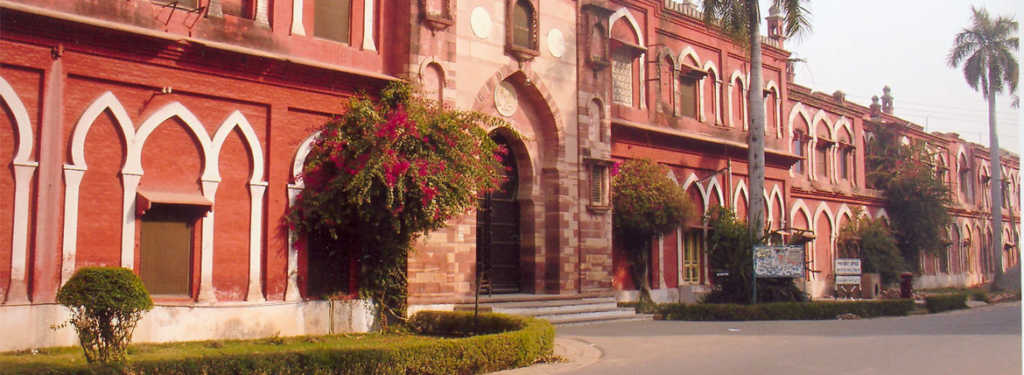A picture is worth a thousand words, a portrait could then speak a couple hundred more, and a portrait is exactly what the recent row surrounding Aligarh Muslim University is all about. The portrait of Muhammad Ali Jinnah is displayed in the AMU’s Student Union office. Jinnah was hardly a perfect man in personal and professional capacity. Far from it, he started the fire which led to the partition of India along religious lines. Jinnah, who enjoyed his cigars and wine, led the demands of the creation of a separate country for Muslims. He succeeded in getting what he wanted, a piece of land over which he could rule and nothing more. He didn’t care about religion, and being a learned lawyer he was a cunning politician. The blame for the loss of lives from both the Hindu and Muslim sides can be easily put on Jinnah along with the British. Jinnah’s greed for power led to him agitating his people into demanding for a separate state along religious lines. The irony of this ambition of his was that many Muslims chose to stay over in India, while many came to India from Pakistan after partition. Even Jinnah’s daughter, Dina, married an Indian Parsi and became Dina Wadia. She rejected the divisive policies of her father, choosing India over Jinnah’s Pakistan.
The recent row over AMU came to light when Aligarh’s Member of Parliament Satish Gautam wrote a letter to the Vice-Chancellor of AMU objecting to Jinnah’s portrait in the office of AMU student’s union. The response which came from Shafey Kidwai was shocking, to say the least, as the AMU spokesman defended the portrait. Shafey Kidwai said that the portrait had been hanging in the student’s union office for decades, adding that Jinnah was a founding member of the University court and had been granted lifelong membership of the union. Trying to justify Jinnah’s portrait, he also added that Mahatma Gandhi, C. Rajagopalachari, Sarojini Naidu and C.V. Raman, amongst others were the ones whose portraits were displayed in the AMU student’s union office. All these people had been awarded life membership by the AMU students body and it was a tradition to display the portraits of the life members.
In his eagerness to justify the portrait of Jinnah, the AMU spokesman forgot that Jinnah was the only name amongst Mahatma Gandhi to Sarojini Naidu who could be accused of mass murder and atrocities committed on people on such a large scale. No leader whose portrait hung in AMU could be accused of dividing society along religious lines other than Jinnah. It is a shame that the portrait of a leader who tore away chunks of India should be hung in the rooms of a university which is run by Indian tax payers’ money.
The apt response would be to take his portrait out and bury it somewhere far-off. Indian students should not grow up idolising a man who put the country through hell for his own greed. The decision taken by Indian Council for Cultural Relations (ICCR) in February 2018 to renovate and use Jinnah’s former residence in Mumbai for diplomatic events must be taken as a burning example. The ICCR decision came despite numerous frowns by the Pakistan government which wanted the house to be transferred to the Pakistani government. The property named South Court has been renovated and will be used for diplomatic purposes by the Indian government. The AMU students’ body along with the administration must take these things into account before it decides to display Jinnah’s portrait. The defence that it had been hanging unchallenged till date is an empty and ridiculous one, which makes one wonder what the Congress and other party leaders were doing all these years. Why did they not challenge the display of the portrait of a murderer in an illustrious educational institution? We have to wait in order to find out what the Congress says and what the AMU student body does on this matter.
